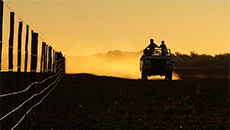
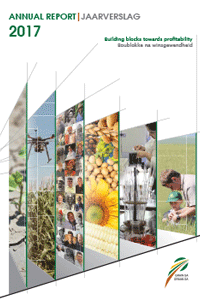 |
The 2016/2017 production season for summer grains started out unsteadily – particularly in the more western parts of the country where significant wind damage to the young plants occurred initially, and where a considerable number of hectares had to be replanted. The extremely dry conditions in the previous season, which caused a large percentage of the fields in certain areas not to be planted, led to the ground cover being relatively sparse. The producers were also forced to allow stock to graze the crop residue for longer than usual because of a shortage of natural pasture. For these reasons dust storms in the Free State and North West were common and producers realised that their fields would not survive another year like that. Quite a number of the plantings for the season only really started late in December and were therefore regarded as late plantings. Initially, the producers were extremely sceptical when talk of the possibility of above-average yields expected for the season started doing the rounds. However, as the season progressed, the odd conditions in the summer sowing areas improved considerably and the past season will be remembered not only for above-average yields, but also as the absolute record year where good recoveries were made after the extremely dry season before that. In the summer sowing areas the season will be remembered for the abundant blessings received in terms of the yield and production of most of the summer grains.
|
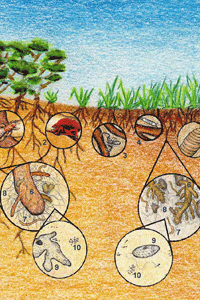 |
Grain farmers are invited to the 3rd annual farmer's day on 15 March 2018 in Ficksburg, where the latest precision farming technology and trends will be on the agenda. In addition, experts will share the latest knowledge on soil biology, soil fertility, water mapping and suitable cultivars for specific soil types with farmers. Speakers include Johan Habig (Agri Technovation) will discuss the role of soil microbiology in soil health, Leon van Rensburg (UOFS) will discuss precision management of groundwater in dry land and Kobus Steenekamp (Monsanto) will talk about the future of agriculture in South Africa.
|
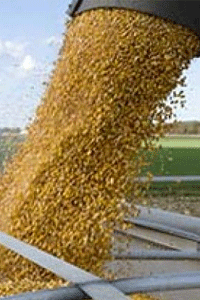 |
Summer grain plantings for the new season were initially very volatile due to a lack of sufficient rainfall in many of the largest summer grain producing regions of the country. In some areas the rain arrived just too late and a large portion of the maize that was planted for the season was after the optimal planting time. However, good rains occurred over large areas of the country's grain areas that are favourable to production conditions, and the crops look considerably better than a few weeks ago in most parts of the country. The one uncertainty which still remains in the local market is the amount of rain that will still fall as the season progresses and the timing of the cold fronts towards the end of the season. With late plantings, early cold may still have a negative impact on yields from the areas where maize was planted late. Other crops, especially sunflowers were also planted late as producers in large production areas waited for enough moisture to plant and finalize maize plantings before moving over to sunflower. The Crop estimates The CEC announced its first production forecast for the season’s summer grains which removed some of the uncertainty from the market. According to the first production forecast, total maize production is estimated at 12.2 million tons, of which both white and yellow maize production is at about 50/50 and both are estimated at approximately 6.1 million tons. This year's production, with this estimate, will be the 4th largest maize crop in the past 10 years. The 2017/18 season's record production of 16.82 million tons and exports that did not take place at the desired rate, resulted in local transfer stocks in excess of 4 million tons at the end of the current marketing season (end-April). As a result, South Africa will again compete in the international context in terms of exports in the coming season, which will keep prices closer to export parity for the season. The soybean plantings of 775,300 hectares for the season is a new record, while the expected production of 1.375 million tons will also be a new record for SA. The sunflower plantings, estimated at 584,900 hectares are less than general market expectations. Sunflower seed production is estimated at 731,505 tons for the season. Graph 1 indicate deep-sea exportable surpluses of maize in the coming season given different yield scenarios. According to the current CEC estimate, the average maize yield is 5.35 ton/ha. Thus, the deep-sea exportable surplus for the 2018/19 season may be approximately 3.7 million ton taking the average local consumption as well as average exports to other African countries into account. local consumption as well as average exports to other African countries into account. Graph 1: Deep sea exportable surplus of maize for the 2018/19 season given various yield scenario’s Keep the following factors in mind for the coming season
|
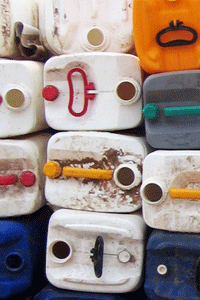 |
The accumulation of empty agricultural chemicals containers remains a problem and also creates risks. CropLife (the representative body of agricultural chemical companies) has set up practices on how to work with empty chemical containers as well as a list of companies that can recycle these containers. This important information can be downloaded from their website (www.avcasa.co.za) or obtained by clicking on the links below. Plastic processors who can process triple-flushed empty pesticides |
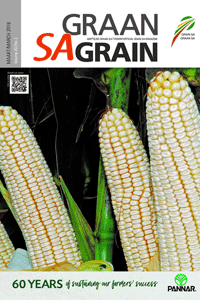 |
The March issue of SA Graan/Grain will be posted to producers next week. In this edition we feature our popular focus on seed, where you can read more about:
Learn more about our Grain SA/Syngenta Grain Producer and Grain SA/Absa/John Deere Finacial New Era Commercial Farmer of the Year's farms and management practices.
|